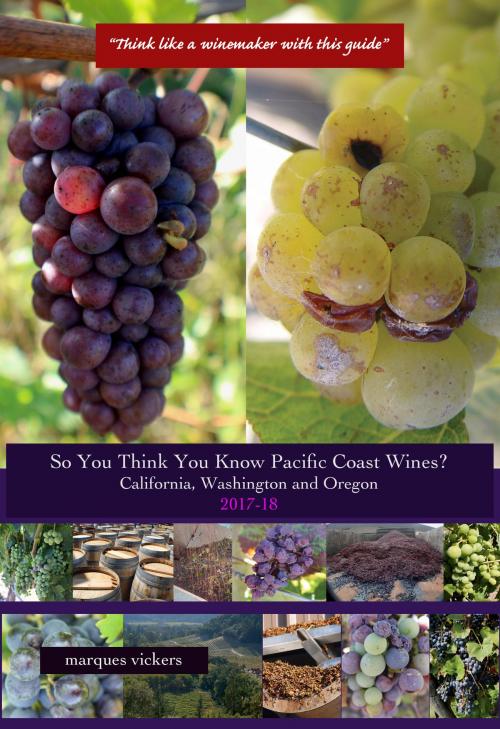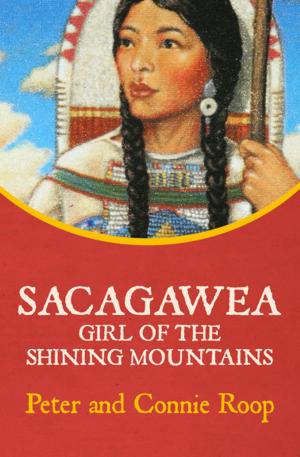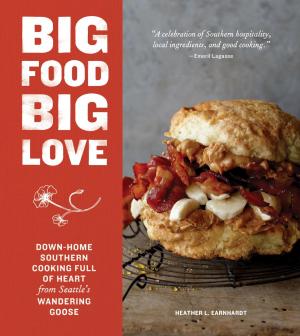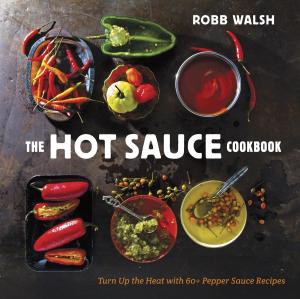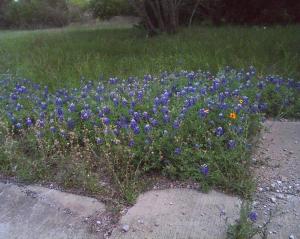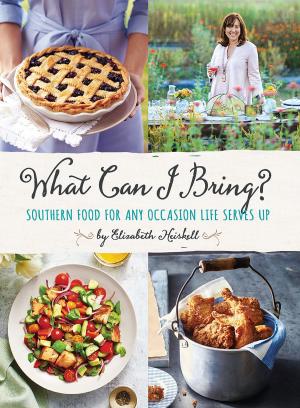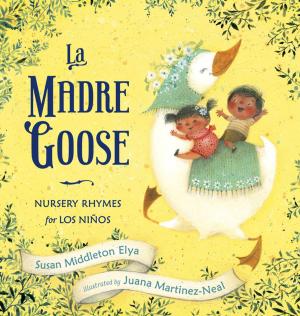So You Think You Know Pacific Coast Wines? (2017-18 Edition)
Nonfiction, Food & Drink, Beverages, Wine & Spirits, International, USA| Author: | Marques Vickers | ISBN: | 9781370492596 |
| Publisher: | Marques Vickers | Publication: | April 13, 2017 |
| Imprint: | Smashwords Edition | Language: | English |
| Author: | Marques Vickers |
| ISBN: | 9781370492596 |
| Publisher: | Marques Vickers |
| Publication: | April 13, 2017 |
| Imprint: | Smashwords Edition |
| Language: | English |
“So You Think You Know Pacific Coast Wines?” is designed to simplify your understanding by identifying growing trends, grape descriptions, the histories and future direction of the California, Washington and Oregon wine industry. This book concisely profiles each state’s leading growing regions, rainfall statistics and prominent grapes based on the most recent available harvest data.
The 2017-18 edition is ideal for wine collectors, winemakers and anyone who appreciates a world class Pacific Coast grown vintage. The following facts are just ten from hundreds of little known essentials included in the book:
1. California is the top producing state, Washington second and Oregon fourth (behind New York) in American wine grape production. California harvested 4 million tons and Washington 270 thousand tons during the 2016 harvest. Oregon harvested 84.9 tons during the 2015 harvest. Washington’s harvest is only 6.7% and Oregon’s 2.1% of California’s overall production.
2. Cabernet Sauvignon is California’s second most popular and second highest priced red wine grape. It is Washington’s most popular and fifth highest priced. The average Napa Valley grown grape is priced between five and fifteen times more than competing states and regions within California. Napa grown Cabernet Sauvignon traditionally sells out before picking even commences.
3. California increased wine grape production by 8.1% and Washington by 21.6% during 2016. Both harvests established new state records.
4. California has 4,200+, Washington 900+, and Oregon 700+ wineries. California has seventeen designated growing regions. Washington has fourteen and Oregon five.
5. With Washington’s red grape harvest at 157.3 thousand tons, the closest California equivalent is the San Luis Obispo, Santa Barbara, and Ventura County growing region (164 thousand tons). The growing regions of San Luis Obispo County, Yakima Valley and Walla Walla Valley share numerous similarities. Their topographies feature expansive arid flatlands surrounded by hilly terrain. Each region has a long historical agricultural tradition.
6. Pinot Noir is Oregon’s largest harvested grape accounting for 59.7% of the state’s wine grape production and is the second highest priced. It is California’s sixth most popular and sixteenth highest priced red wine grape.
7. Oregon’s wine grape production (84,9 thousand tons in 2015) most closely compares with the Mendocino County growing region of California (77,9 thousand tons in 2016).
8. Chardonnay is California’s largest harvested grape accounting for 38% of the white wine grapes and 16.8% of the state’s overall yield. It is the twenty-fourth highest priced white wine grape. It is Washington’s third largest wine grape, most popular white wine grape, and the second highest priced. It is Oregon’s third largest produced, second highest white wine grape and second highest priced.
9. California’s wines were considered the equal to European’s elite vintages in 1890. Following the phylloxera pest and Prohibition, the state would not regain their global reputation until the mid-1970s. Washington’s international reputation began during the 1990s and Oregon’s during the 1980s.
10. Real Estate valuation remains the most important financial consideration influencing the value of varietal grapes. Top-tiered Washington vineyards have commanded pricing between $75,000-$80,000 per acre. Large established vineyards have been documented to sell for $25,000-$30,000 and bare unplanted terrain often averages $10,000-$15,000 per acre. In Napa County, secondary vineyard lands begin at $90,000-$165,000 an acre. Prime vineyards range between $225,000-$300,000 and upwards per acre.
“So You Think You Know Pacific Coast Wines?” is designed to simplify your understanding by identifying growing trends, grape descriptions, the histories and future direction of the California, Washington and Oregon wine industry. This book concisely profiles each state’s leading growing regions, rainfall statistics and prominent grapes based on the most recent available harvest data.
The 2017-18 edition is ideal for wine collectors, winemakers and anyone who appreciates a world class Pacific Coast grown vintage. The following facts are just ten from hundreds of little known essentials included in the book:
1. California is the top producing state, Washington second and Oregon fourth (behind New York) in American wine grape production. California harvested 4 million tons and Washington 270 thousand tons during the 2016 harvest. Oregon harvested 84.9 tons during the 2015 harvest. Washington’s harvest is only 6.7% and Oregon’s 2.1% of California’s overall production.
2. Cabernet Sauvignon is California’s second most popular and second highest priced red wine grape. It is Washington’s most popular and fifth highest priced. The average Napa Valley grown grape is priced between five and fifteen times more than competing states and regions within California. Napa grown Cabernet Sauvignon traditionally sells out before picking even commences.
3. California increased wine grape production by 8.1% and Washington by 21.6% during 2016. Both harvests established new state records.
4. California has 4,200+, Washington 900+, and Oregon 700+ wineries. California has seventeen designated growing regions. Washington has fourteen and Oregon five.
5. With Washington’s red grape harvest at 157.3 thousand tons, the closest California equivalent is the San Luis Obispo, Santa Barbara, and Ventura County growing region (164 thousand tons). The growing regions of San Luis Obispo County, Yakima Valley and Walla Walla Valley share numerous similarities. Their topographies feature expansive arid flatlands surrounded by hilly terrain. Each region has a long historical agricultural tradition.
6. Pinot Noir is Oregon’s largest harvested grape accounting for 59.7% of the state’s wine grape production and is the second highest priced. It is California’s sixth most popular and sixteenth highest priced red wine grape.
7. Oregon’s wine grape production (84,9 thousand tons in 2015) most closely compares with the Mendocino County growing region of California (77,9 thousand tons in 2016).
8. Chardonnay is California’s largest harvested grape accounting for 38% of the white wine grapes and 16.8% of the state’s overall yield. It is the twenty-fourth highest priced white wine grape. It is Washington’s third largest wine grape, most popular white wine grape, and the second highest priced. It is Oregon’s third largest produced, second highest white wine grape and second highest priced.
9. California’s wines were considered the equal to European’s elite vintages in 1890. Following the phylloxera pest and Prohibition, the state would not regain their global reputation until the mid-1970s. Washington’s international reputation began during the 1990s and Oregon’s during the 1980s.
10. Real Estate valuation remains the most important financial consideration influencing the value of varietal grapes. Top-tiered Washington vineyards have commanded pricing between $75,000-$80,000 per acre. Large established vineyards have been documented to sell for $25,000-$30,000 and bare unplanted terrain often averages $10,000-$15,000 per acre. In Napa County, secondary vineyard lands begin at $90,000-$165,000 an acre. Prime vineyards range between $225,000-$300,000 and upwards per acre.
